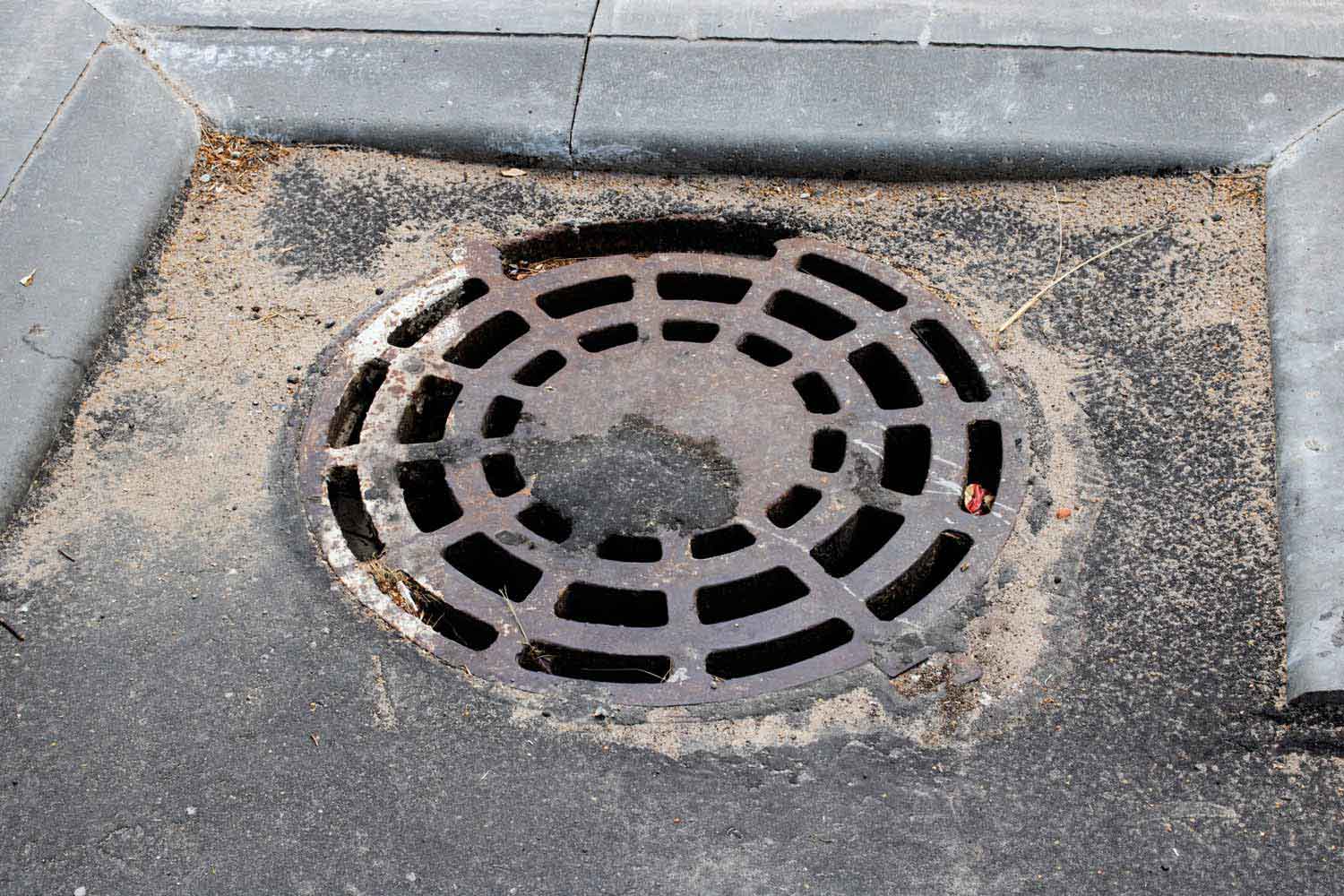Drainage problems can manifest in various forms, from a simple clogged sink to extensive landscape erosion. Proper drainage is crucial not only for the structural integrity of your home but also for the health of your landscape. Ignoring these issues can lead to costly repairs, foundation damage, and unhealthy living conditions due to mould and mildew. This article will guide you through practical steps to prevent drainage problems and maintain a healthy, water-efficient home and garden.
Understanding Drainage:
Drainage is how water is channelled away from your home and landscape. Adequate drainage depends on several factors, including soil type, landscape design, and local climate conditions. For instance, clay soil drains poorly compared to sandy soil, and flat landscapes require strategic grading to facilitate water flow.
Preventive Measures for Indoor Drainage:
Indoor drainage problems often start small and escalate due to neglect. Regular maintenance is your first line of defence: schedule routine inspections to catch issues early and clean pipes to prevent buildup. Installing backflow preventers can also safeguard against sewage backups. To avoid clogs, avoid pouring grease down the drain and use hair catchers in showers.
Preventive Measures for Outdoor Drainage:
Outdoor drainage primarily revolves around proper landscape grading. The ground should slope away from your home’s foundation to prevent water accumulation. If necessary, regrade your landscape or install French drains, channel drains, or dry wells to facilitate water flow.
Maintaining gutters and downspouts is equally crucial. These should be cleaned regularly, especially before the rainy season, to ensure unobstructed water flow. Ensure they’re correctly sized and installed to handle the volume of water in your area.
Proactive Measures for Extreme Weather Conditions:
Climate plays a significant role in drainage management. In areas prone to heavy rainfall, ensure your drainage systems are free from obstructions. Utilize sandbags and other temporary solutions to channel water away from vulnerable areas. For snowy regions, practice safe melting techniques to prevent ice dams and water seepage into your home.
Green Solutions for Enhanced Drainage:
Eco-friendly solutions can significantly improve drainage while adding aesthetic value to your property. Rain gardens, designed to collect and filter rainwater, not only prevent runoff but also support local wildlife. Permeable paving allows water to seep through, reducing the load on your drainage system. Additionally, native plants are typically well-adapted to local rainfall patterns and soil types, making them ideal for maintaining balanced moisture levels.
Professional Assessment and Intervention:
Sometimes, despite your best efforts, professional intervention may be necessary. If you notice persistent wet spots, sinking areas in your yard, or water damage to your home’s foundation, it’s time to call in the experts. Land surveyors and drainage professionals can thoroughly assess and recommend long-term solutions. Remember, the cost of prevention is often far lower than the cost of repair.
Conclusion:
Preventing drainage problems is an ongoing process that requires regular attention and maintenance. By understanding drainage and implementing proactive measures, you can protect your home and landscape from water damage. Tackle issues early, employ green solutions when possible, and don’t hesitate to seek professional help for complex problems. A little effort goes a long way in preventing costly drainage disasters.
This post was written by Allan
November 3, 2023
Back to Blogs

